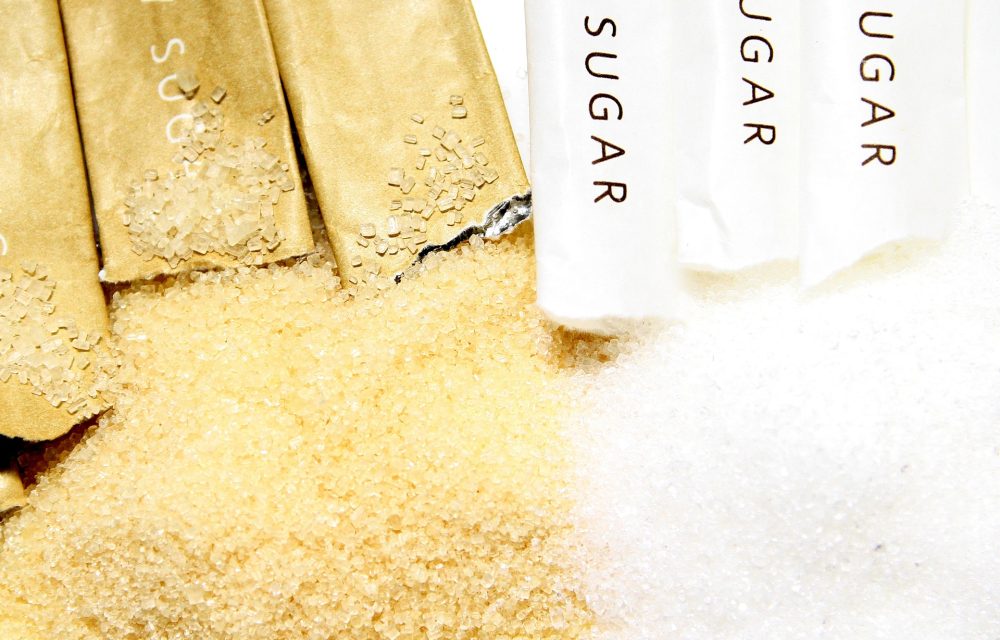Are You Wasting Your Time With Cardio?
Don’t stop doing cardio if you’re already doing it. It’s vital for good health. However, if running through the streets of Sacramento, CA, is the only exercise you’re doing, increasing it without adding other forms of exercise is wasting your time. There is also such a thing as too much cardio, just as there is too much strength-building. If you aren’t doing other types of exercise, you’re not doing your body a favor. Even if you’re doing all four types of fitness workouts, balance, flexibility, strength, and cardio, doing it too much each day and not giving your body a chance to rest is counterproductive.
Cardio burns tons of calories.
That sounds fantastic, but there’s one fact missing. Cardio gets calories from both lean muscle tissue and fat tissue. When you burn lean muscle tissue, it can make weight loss harder. Muscle tissue requires more calories than fat tissue does. The more you have, the more calories you burn 24/7, even when you’re sleeping. Since cardio burns both fat and lean muscle mass for calories, you’ll have less muscle mass. That makes weight loss harder.
Strength training is a calorie torch, too.
Just like cardio, strength training torches calories. The biggest difference is it also builds muscle tissue instead of tearing it down for energy. That can help boost your metabolism. One way to get the benefits of both is to change your strength-building workout into a HIIT workout. HIIT—high intensity interval training—uses any type of exercise but alternates it between high intensity and a recovery pace. Doing bodyweight, dumbbell, or kettlebell exercises in this manner provides the best of all worlds.
Don’t quit cardio, it does provide benefits.
Yes, cardio does burn calories, but you also need it for other reasons. It builds endurance, improves heart function, and helps lower blood pressure. Cardio also improves brain functioning, reduces stress, and diminishes the risk of dementia. It helps control blood glucose levels to reduce the risk of diabetes. It also improves lung capacity and reduces the risk of heart attack.
- Both strength training and cardio burn calories while you’re doing it. Intense cardio and strength training also burns calories for up to 72 hours after exercising ends. It’s called EPOC pr afterburn.
- Cardio trains the body to be more efficient so it burns the fewest calories possible. It’s vital for heart health, so continue it, but not necessarily the best for weight loss.
- Cardio is best for accomplishing two goals, burning off stress hormones and improving sleep. Both can help you lose weight. Cortisol, a hormone of stress, causes belly fat. Adequate sleep lowers the production of ghrelin, the hunger hormone.
- If you live a sedentary lifestyle, walking, a form of cardio, can help you get on track to good health. Doing something is better than doing nothing, but you’ll maximize benefits with a well-rounded program is vital.
For more information, contact us today at Team-ISC











